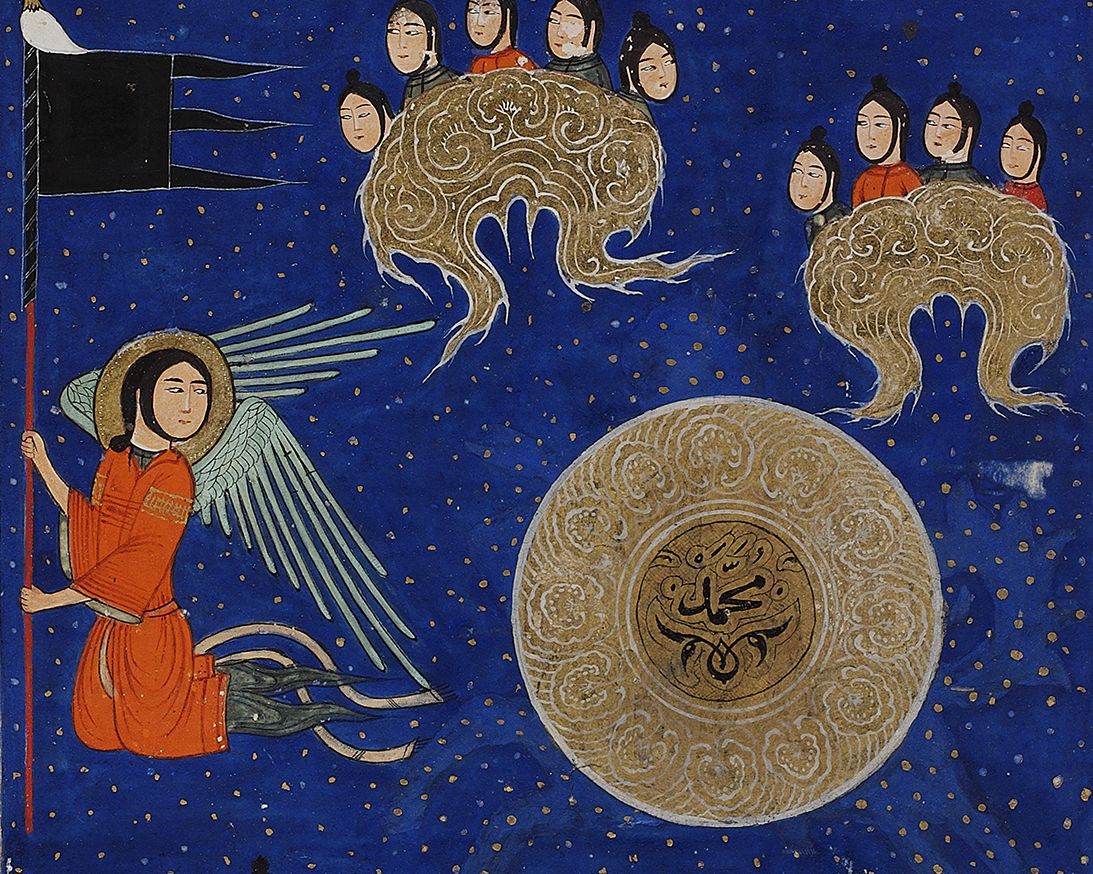Islamic art – understanding the richness of the Muslim world

On 21 January 2023, a lawsuit filed by Erika Lopez Prater against Hamline University, which dismissed her from teaching because she showed her class historical Islamic paintings of the Prophet Muhammad, became publicly available. That same day, I was attending an international workshop on Islamic piety in Turkey. As news of the lawsuit made the rounds, I listened to several of my colleagues present talks on the use of imagery in global Muslim devotional practices.
Among them, a scholar discussed a new book in German titled "Was der Koran uns Sagt: Für Kinder in einfacher Sprache" ("What the Quran Tells Us: For Kids, in Simple Language"), produced by a Muslim scholar for German-speaking Muslim children. This child-friendly Koran is illustrated with many images, including the very same Ottoman painting of Muhammad receiving Quranic revelations that Lopez Prater included in her class discussion and that Hamline administrators excoriated as disrespectful and Islamophobic.
Islamic Art Is Pivotal for Understanding the Richness of the Muslim World